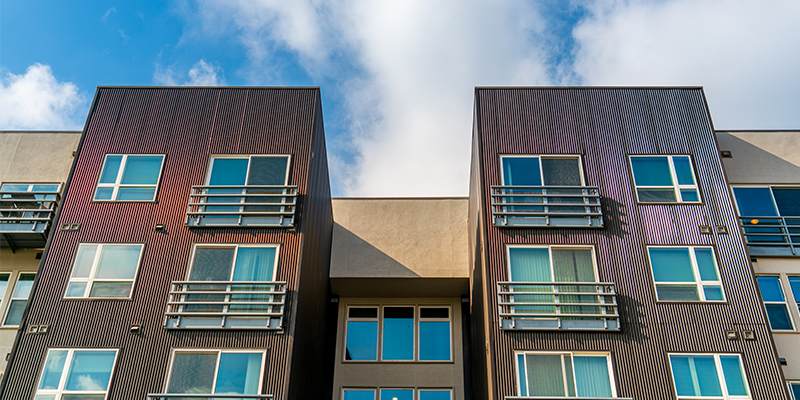By Jason Keil
Speculative cold storage development surged during the COVID-19 pandemic, however, activity has since cooled, setting the stage for a discussion on the economics and strategy behind building on spec, from how the model began to where it’s headed over the next few years.
Kevin Kelly, senior vice president, CBRE, acted as the moderator for a panel discussion during NAIOP’s I.CON Cold Storage this week in Phoenix. The panelists included Jake Finley, founder and CEO of Karis Cold, who contributed insights on development and operations; Peter Lamas, senior managing director of National Valuation Consultants, who provided expertise on valuation and market trends; and Kevin Rivest, managing partner and head of U.S. cold storage at BGO, who shared perspectives on investment and portfolio management.
Four key themes that emerged from their discussion can help developers adapt to current market realities.
Be Willing to Adjust
Speculative cold storage has been an excellent solution for smaller companies seeking their own space, according to Finley, suggesting that developers must be increasingly responsive to local market needs, including the potential need for a dry component.
“They’re looking at our modern facilities or parts of the facility to solve a lot of production and distribution needs, but also [require] some office space,” said Finley.
Small companies seeking cold storage may be looking for a building with a smaller footprint. These spaces can make it more likely to capture a single tenant than to split a larger development. However, these tenants may have special needs of their own, such as parking requirements.
“We’ve had instances where we had opportunities for multi-tenant building and parking was a challenge,” said Rivest.
The Size of the Market
All the panelists agreed that speculative cold storage does not constitute a large sector of the market. While there is no shortage of investors from institutional capital groups who want to be part of the sector, they lack the opportunity to acquire the assets.
However, the market is still evolving and continues to grow, making it all the more important to maintain a balanced portfolio. Rivest says that while some of the highest-return deals have been spec deals; none of them have been a sure thing. Some have a low rate of return because they haven’t leased as quickly or at all.
“Some of the projects that we have done debriefs on have not been as successful,” added Kelly. “It has been swinging for the fences and trying to get a single tenant, which we have done a number of times. It’s not always attainable. To pass up on viable building splits – as the saying goes, base hits win ballgames.”
GLP-1s and the Supply Chain
The growing use of semiglutides, such as Ozempic and other weight loss medications, has prompted speculation about their potential impact on the food supply chain, with a 2024 Cornell University study showing that households with at least one GLP-1 user cut their grocery spending by at least 5% in the first six months. While Finley joked that he initially interpreted the increased usage of these drugs as being behind an increase in the need for temperature-controlled drug storage, he also questioned whether this trend might affect demand for speculative cold storage development.
“I think that [weight loss drugs] are something that is driving people to cleaner, healthier foods, proteins and other fresh ingredients,” he said.
The Market Should Ride Itself Out
Although activity in speculative cold storage development has decelerated due to increased construction costs and tariffs, Finley pointed to emerging opportunities. Alongside renewed interest from smaller companies, certain U.S. regions are experiencing notable economic momentum.
States like Tennessee are providing incentives that can be attractive for companies to build cold storage facilities in the state. The Midwest, particularly Chicago, has great access to rail, food production and other essential infrastructure, which gives Finley a reason to feel bullish. Development in other areas, such as California, remains measured.
“We hear all the time that Southern California needs more cold storage,” adds Finley. “I think finding the right site is important to do that.”
While speculative cold storage faces headwinds, the sector’s resilience and adaptability suggest that with the right strategy, developers can still find success in a changing landscape.







